This gallery shows 33+ high-quality and best-resolution Rainbow PNG Images, Vectors, Stickers, logos, Icons, and Clipart Pictures with transparent backgrounds. Free download all these Rainbow PNG images for graphic design, projects, presentations, web design, editing, and other works.
Rainbow PNG Images:
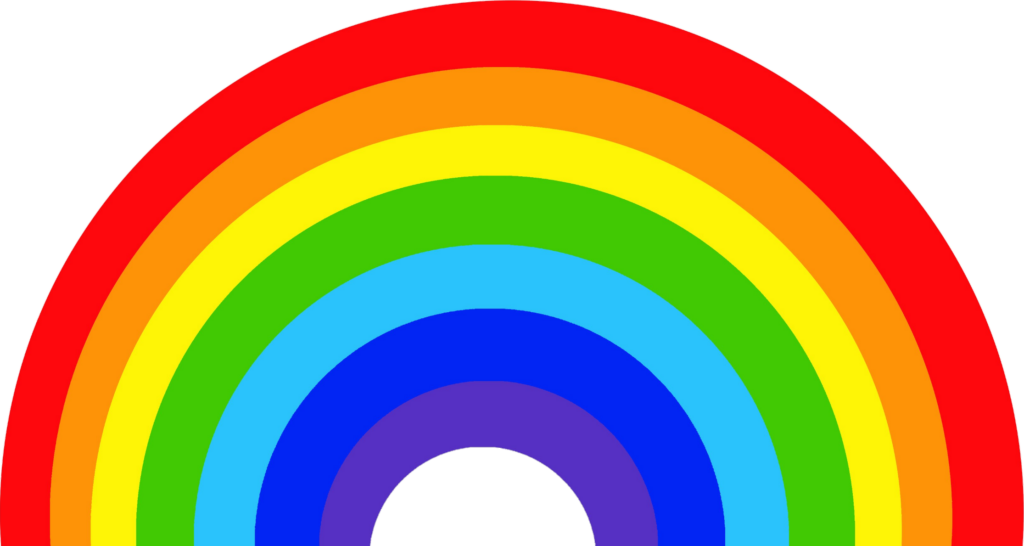






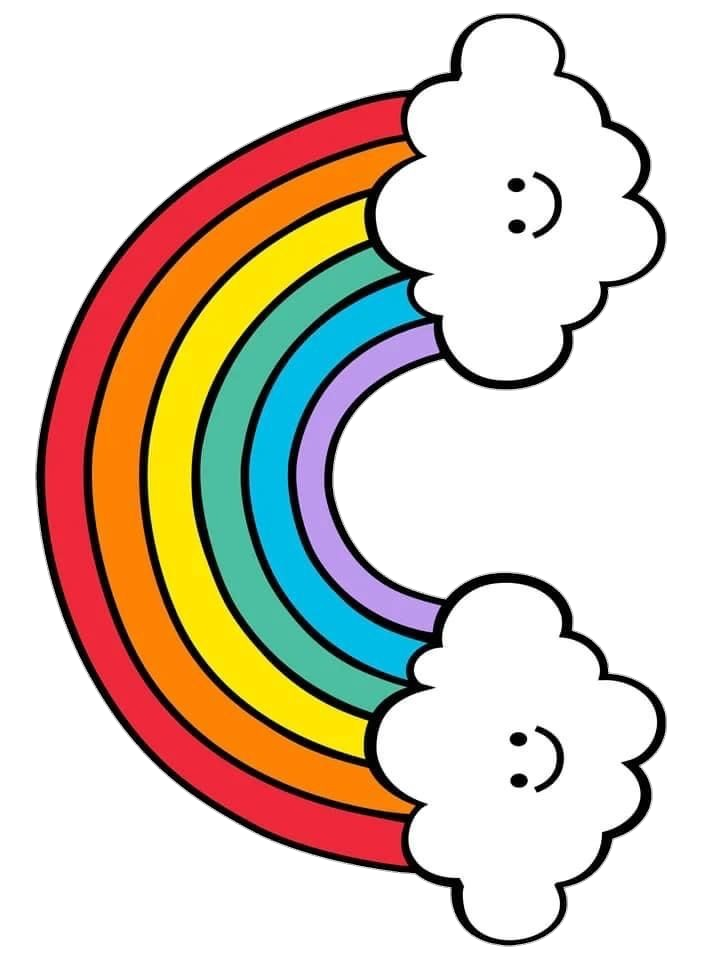
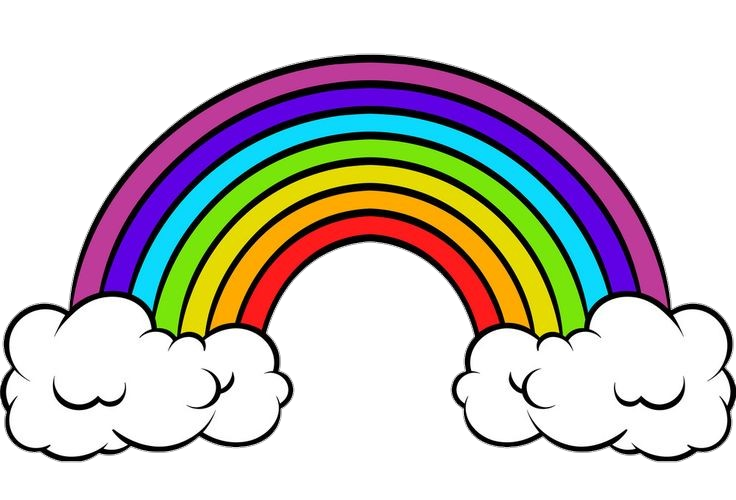
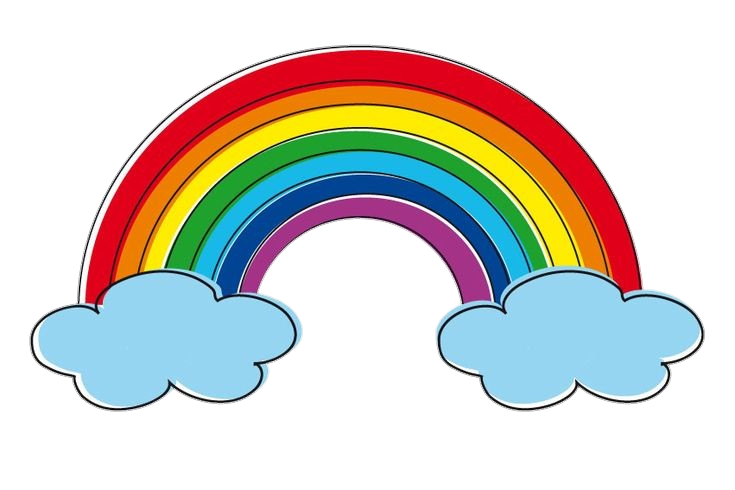


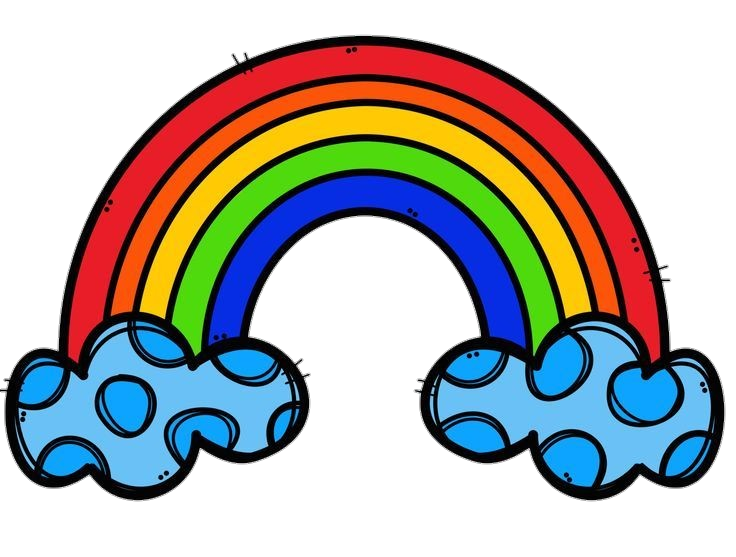
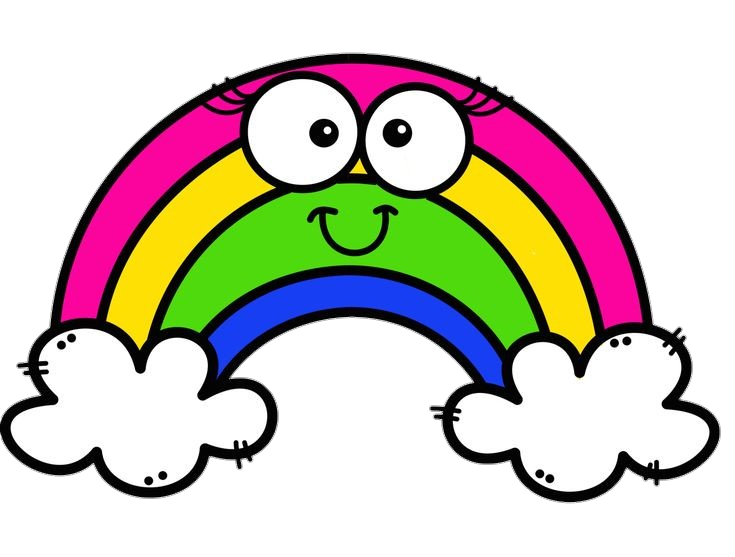
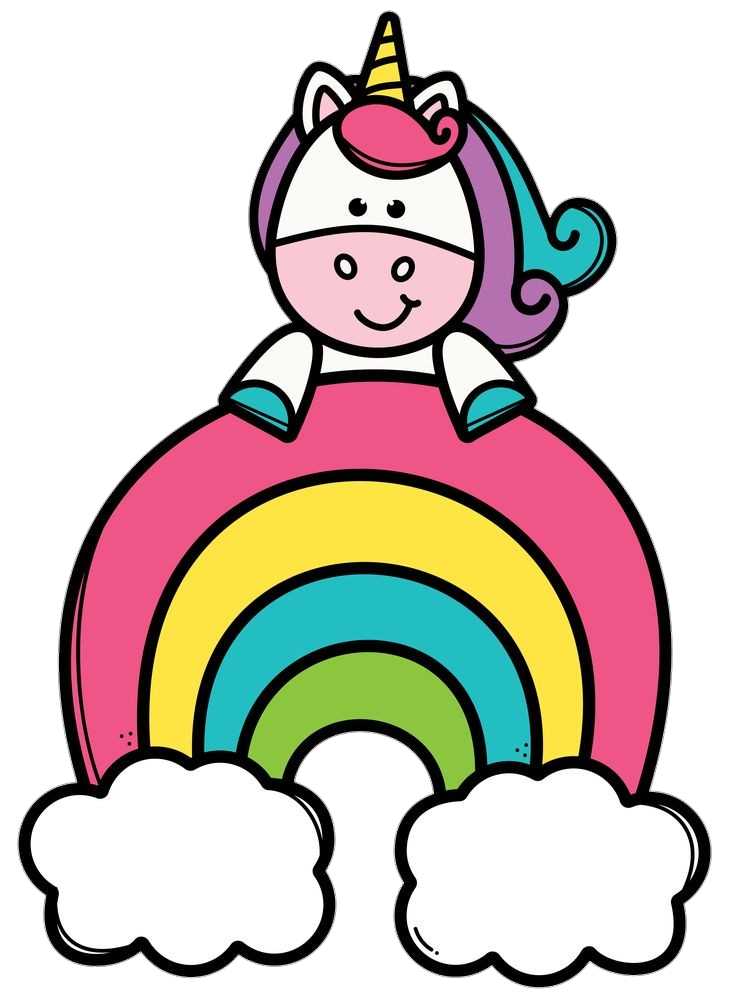

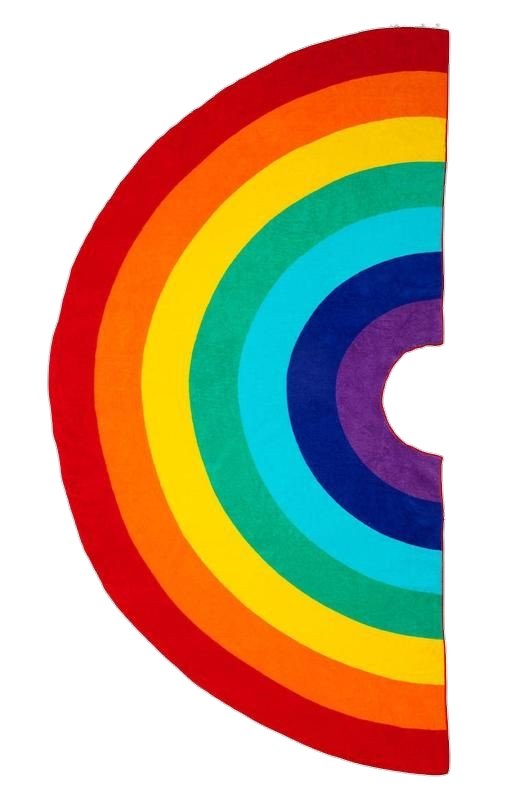



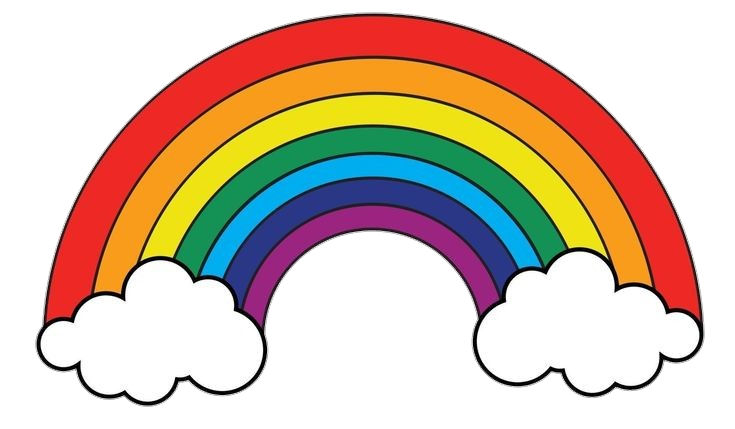





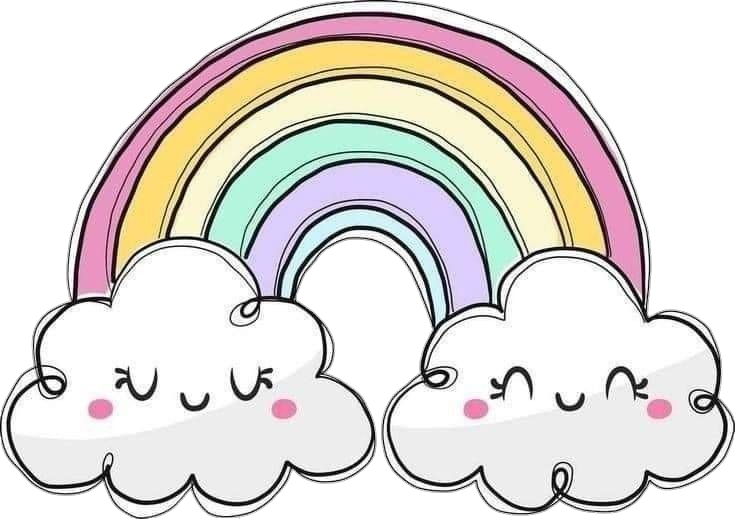




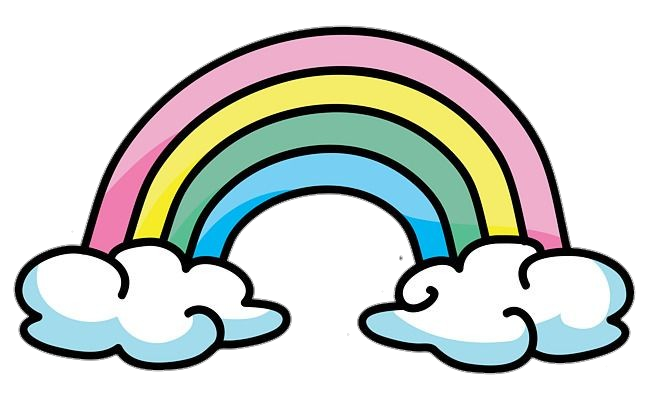



Nature is a masterpiece artist, using the canvas of the sky to paint some of the most mesmerizing and captivating phenomena. Among these, the rainbow stands out as a vibrant and enchanting display of colors that has captured the human imagination for centuries. This celestial arch of hues, spanning across the sky, is a stunning visual spectacle and a testament to the marvels of physics and the intricate play of light.
A rainbow is a meteorological phenomenon when sunlight interacts with raindrops in the atmosphere. It forms a circular arc of colors, typically with red on the outer edge and violet on the inner edge—this breathtaking display of colors results from the dispersion and reflection of light within raindrops. When sunlight, composed of various colors (wavelengths), enters a raindrop, it undergoes refraction and internal reflection. This causes the sunlight to spread into its colors, creating a spectrum.
The sequence of colors in a rainbow – red, orange, yellow, green, blue, indigo, and violet – is often remembered using the acronym ROYGBIV. Each color corresponds to a specific wavelength of light. The vibrant beauty of the rainbow is a direct result of how light is split and refracted within each raindrop, and the various colors merge to form this celestial masterpiece.
The formation of a rainbow involves a precise set of conditions. The sunlight must be behind the observer, while raindrops are in front. The angle between the sunlight, the observer, and the raindrop is crucial, with the optimal angle being around 42 degrees. When all these elements align, the observer witnesses the glorious arc of colors stretching across the sky. It’s worth noting that while rainbows are most commonly associated with rain, they can also occur in other conditions, like mist, fog, or spray.
Apart from being a visual delight, the rainbow has historically held cultural and symbolic significance. In various mythologies and religious texts, rainbows are bridges between the mortal and divine realms, symbols of hope or promises of better times after a storm. The universally uplifting nature of rainbows makes them a source of inspiration and wonder across cultures.
Rainbows also play a role in science education. Explaining the phenomenon of rainbows is an excellent way to introduce concepts such as refraction, dispersion, and the electromagnetic spectrum to students. It offers an opportunity to delve into the intricacies of light’s behavior, demonstrating how seemingly complex natural phenomena can be understood through scientific principles.
In art and literature, rainbows often serve as metaphors for various emotions and experiences. Their fleeting nature – a rainbow’s brilliance is often short-lived – has led to associations with transient beauty, fleeting moments of happiness, and the impermanence of life itself. Such symbolic interpretations showcase the profound impact that the sight of a rainbow can have on the human psyche.






Leave a Comment
Instagram